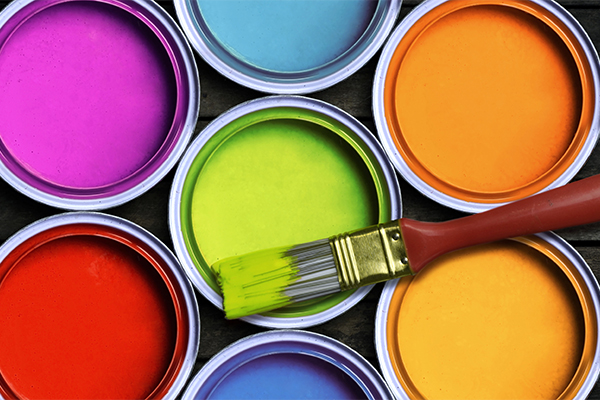Let’s imagine this scenario: you’ve just finished an invigorating DIY project, and your surfaces look stunning—until you spot the telltale splatters of paint on your beloved plastic furniture or that chic leather bag you splurged on. How do you tackle such an exasperating predicament? The challenge of paint removal can feel daunting, but fear not! With the right techniques and a bit of patience, you can restore your items to their original glory.
First, let’s delve into the nature of paint. Understanding what you’re dealing with is crucial. Paint can be water-based, oil-based, or latex, each requiring a different approach for removal. Water-based paints, for instance, tend to be easier to remove, while oil-based paints cling tenaciously, often requiring more aggressive strategies. It’s essential to identify the type of paint before embarking on your removal quest.
Before you begin, preparation is key. Start by gathering supplies that will help in your endeavor. For painted plastic items, you’ll need:
- A plastic scraper or a putty knife
- Rubbing alcohol or acetone (test these on a hidden area first)
- A cloth or soft sponge
- Warm soapy water
- Protective gloves and eyewear
For leather, the supplies might differ slightly:
- Leather cleaner or conditioner
- Rubbing alcohol or vinegar
- A soft cloth
- A soft-bristle toothbrush (optional)
- Leather protector (for post-cleaning care)
Now that you have your arsenal ready, let’s tackle the paint on plastic first. Begin by scraping away any excess paint using your plastic scraper. This step is vital—your goal is to remove the bulk of the paint without damaging the underlying surface. Be gentle! Once the majority is cleared away, dampen a cloth with rubbing alcohol or acetone. Gently rub the area in circular motions—you’ll notice the remaining paint starting to dissolve. Rinse the area with warm soapy water afterward to eliminate any residual solvent.
But what if the paint remains obstinately intact? In cases like this, don’t lose hope. You can apply a bit of pressure with a toothbrush after soaking the area with the solvent, allowing the bristles to work the substance away carefully. Remember, patience is your ally. Ensure the plastic is dry after cleaning, and you may wish to apply a plastic polish to restore its shine.
Moving on to the leather challenge: it requires a delicate hand. Conduct a patch test first; dab a small amount of rubbing alcohol or vinegar on a hidden area and wait for it to dry. If there’s no discoloration or damage, proceed with caution. Dampen a soft cloth with the chosen solution and gently blot (do not rub) the paint stain. Use a soft-bristle toothbrush if needed, but always remember that leather can be sensitive. After removing the paint, clean the area with a specialized leather cleaner to maintain the material’s integrity.
This process may take some time, and you might need to repeat it several times—don’t rush. Once you’ve successfully eliminated the paint, apply a good quality leather conditioner to restore moisture and prevent cracking. Imagine the mischievous paint cuts that tried to mar your beautiful leather bag now safely vanquished!
Now, let’s address some additional tips and tricks that may tip the scales in your favor during this endeavor. For stubborn, dried paint, consider softening it with a heat gun or hairdryer. Carefully applying heat can make the paint pliable, allowing for an easier removal process. However, always use this technique with caution; excessive heat can distort or damage certain plastics and leathers.
Furthermore, if you’re dealing with larger projects or persistent stains, commercial paint removers are available. However, these products can be harsh and may not be suitable for every type of surface, particularly sensitive materials like leather. Always read the instructions thoroughly and consider your item’s specific requirements. It’s better to err on the side of caution than to risk further damage.
Lastly, let’s not forget about preventative measures. After successfully removing paint, consider applying a protective coating. For plastic, a UV-resistant spray can help minimize future paint mishaps. For leather, using a protective spray designed for your specific type of material can save you a lot of hassle in the long run.
In the end, paint removal, whether from plastic or leather, can feel like a formidable task. But with the right approach and toolkit, you can emerge victorious, transforming a mess into a masterpiece once again. So, next time you find yourself in this conundrum, remember the steps outlined here and embrace the restoration journey with a touch of creativity and pragmatism.
Have you faced the challenge of paint on your beloved items? What strategies did you employ to conquer this common DIY woe? The answers might surprise you.
